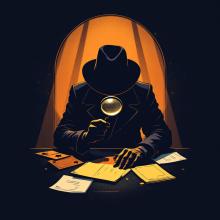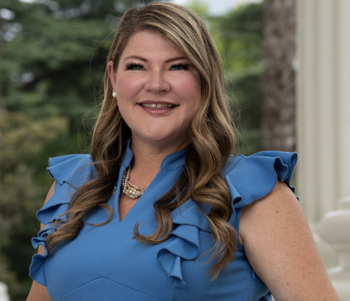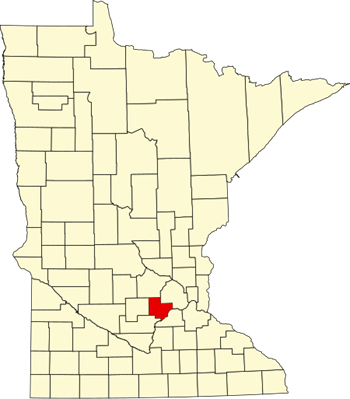Minnesota’s Paul Bunyan Communications Shares $3.6 Million Windfall With Members
When it comes to community-owned and operated networks, better, faster, cheaper broadband is often only one of the benefits. Some telephone cooperatives, like Paul Bunyan Communications in Northern Minnesota’s Beltrami County, share profits with its members, literally paying the benefits of shared telecom ownership back into the communities they serve.
The Cooperative recently announced it was giving a $3.6 million profit windfall back to local community members. It’s the fourth such payout to local subscribers in the last seven years.
For distributions of $150 or less, a credit was applied to subscriber’s bills. For sums greater than $150, the cooperative mailed checks out to locals.

With origins that owe a part of its success to the Beltrami Electric Cooperative, it was in 1996 when locals were first offered broadband access through Paul Bunyan Telephone. Three years later, it began the necessary infrastructure upgrades that allowed it to offer phone, high-speed Internet access, and digital television.
In 2005, the cooperative expanded with fiber technology for the first time. In 2010, Paul Bunyan Telephone changed its name to Paul Bunyan Communications.
“Our cooperative continues to grow and thrive, now serving over 35,000 active members across over a 6,000-square-mile service area,” said Paul Bunyan Communications CEO Chad Bullock.
“Through steady investment and expansion, we’ve built one of the nation’s largest rural all-fiber [networks], transforming how our members live, work, and play. It’s incredibly rewarding to see that success come full circle as we share the benefits with our members.”















